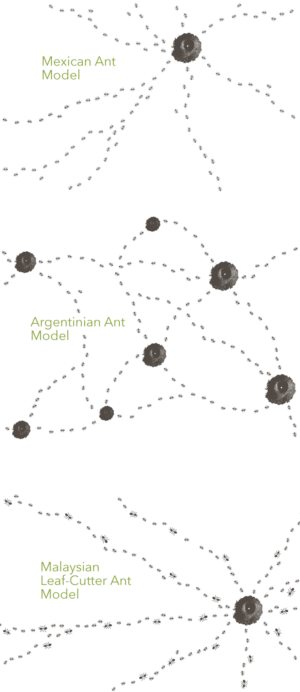 Photo Courtesy of Oberlin Food Hub
Photo Courtesy of Oberlin Food HubDriving down U.S. 20 toward Cleveland, Cullen Naumoff knew something had to change.
Naumoff, director of sustainable enterprise for the Oberlin Project in Oberlin, Ohio, had recently launched a food hub with colleague Heather Adelman. Food hubs bring together what small farmers produce into quantities needed by big buyers like schools, restaurants and supermarkets. The problem? The Oberlin Food Hub was so successful that demand was outstripping the ability of participating farmers to meet it. Naumoff turned to other regional food hubs — and soon found herself driving all around the region to pick up and deliver lone bushels of produce — encumbering the expenses of big food companies without benefiting from the economies of scale they enjoy.
“All we had done with the food hub was shrink their model,” she says, “so local produce would never be able to compete.”
Then Naumoff met Ohio State University entomologist Casey Hoy at a food conference. She told Hoy of her frustration trying to incorporate a higher level of complexity into her food hub enterprise.

Stylized versions of three ant foraging patterns offer insights into strategies for boosting efficiency of a growing sustainable food system. Illustration by Sean Quinn
“Insects are so diverse they have probably already solved it,” Hoy responded. He then shared what he had learned from ants about efficient transportation.
Ant colony optimization is an approach to applying ant behavior to solving engineering and operations problems. Different ant species, Hoy said, use different kinds of networks of nests and paths in between them to optimize food transportation. In the process, they create a library of strategies humans can tap to solve our own food transportation challenges.
…click on the above link to read the rest of the article…